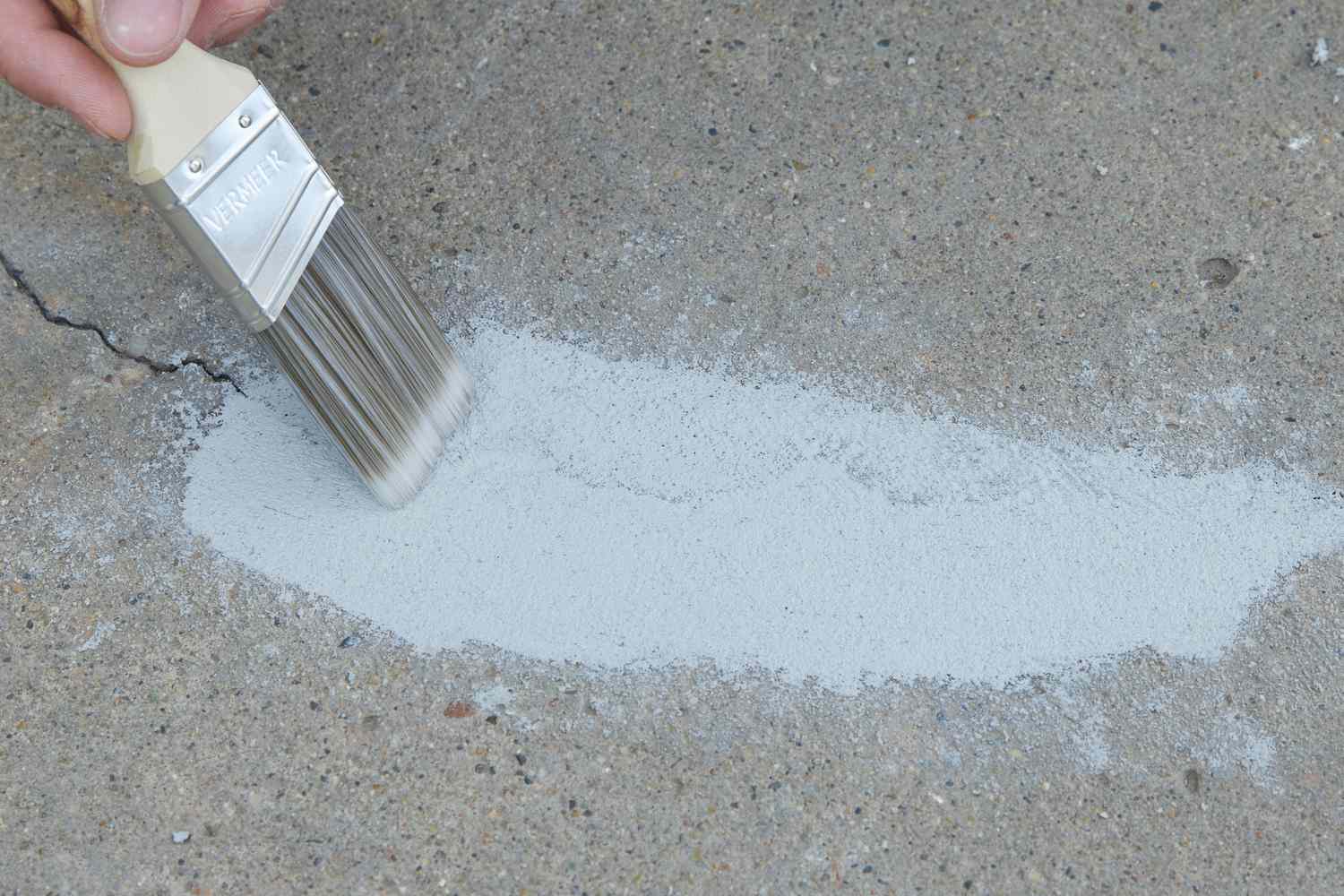

Articles
How To Repair Cracks In A Concrete Driveway
Modified: January 18, 2024
Learn effective methods for repairing cracks in your concrete driveway with our informative articles. Fixing cracks yourself can save you time and money.
(Many of the links in this article redirect to a specific reviewed product. Your purchase of these products through affiliate links helps to generate commission for Storables.com, at no extra cost. Learn more)
Introduction
Welcome to our guide on how to repair cracks in a concrete driveway. Over time, concrete driveways can develop cracks due to various factors such as freeze-thaw cycles, heavy traffic, or settling of the ground beneath. These cracks not only impact the visual appeal of your driveway but can also lead to further damage if left untreated. Repairing these cracks is an essential maintenance task to prolong the lifespan of your driveway and prevent more extensive repairs down the line.
In this article, we will walk you through a step-by-step process to effectively repair cracks in your concrete driveway. We will discuss the tools and materials you will need, the preparation process, selecting the right crack filler, applying the filler, smoothing and leveling the repaired area, and finally, sealing the entire driveway.
Before we dive into the specifics, it’s important to know that repairing cracks in a concrete driveway requires proper attention to detail and a systematic approach. By following these instructions, you can achieve durable and long-lasting repairs that will restore the functionality and appearance of your driveway.
Repairing cracks in your concrete driveway not only improves its appearance but also prevents further damage. When water enters these cracks, it can freeze and expand during colder months, causing the cracks to widen. This can lead to more significant issues like uneven surfaces, potholes, and structural damage. By addressing the cracks promptly, you can protect your investment and avoid costly repairs in the future.
Now that you understand the importance of crack repair, let’s move on to the tools and materials you will need for the job.
Key Takeaways:
- Properly repairing cracks in a concrete driveway is essential to prevent further damage, maintain its visual appeal, and prolong its lifespan. Following a systematic approach and using the right materials are crucial for achieving durable and long-lasting repairs.
- Sealing the entire driveway after crack repair provides an extra layer of protection, preventing moisture penetration and minimizing the likelihood of future cracks. Regular maintenance and periodic inspections are key to preserving the condition of your driveway and avoiding costly repairs in the future.
Read more: How To Repair Cracks In Concrete Driveway
Tools and Materials Needed
Before you get started with repairing the cracks in your concrete driveway, make sure you have the following tools and materials on hand:
- Safety equipment: It’s essential to protect yourself, so wear gloves, safety goggles, and a dust mask to avoid any potential injuries.
- Cleaner and degreaser: Use a high-quality concrete cleaner and degreaser to thoroughly clean the cracked area before applying the crack filler. This will ensure proper adhesion and improve the effectiveness of the repair.
- Wire brush or scraper: A wire brush or scraper will help you remove any loose debris or old filler from the crack’s surface, allowing for a clean repair.
- Crack filler: Choose a suitable crack filler based on the size and depth of the cracks. There are various options available, including epoxy-based fillers, polyurethane-based fillers, or simple concrete crack sealants. Make sure to read the manufacturer’s instructions before purchasing to ensure compatibility with your specific repair needs.
- Caulking gun: For applying the crack filler, you will need a caulking gun. This tool will make the application process more efficient and precise.
- Putty knife or trowel: Use a putty knife or trowel to smooth and level the applied crack filler, ensuring a seamless and professional finish.
- Sanding block: To achieve a smooth and uniform surface, a sanding block will come in handy. Use it to sand down any excess filler and create a flush repair.
- Concrete sealer: Once the crack repair is complete, you will need a concrete sealer to protect the entire driveway from moisture, chemicals, and further damage. Choose a sealer specifically designed for use on concrete driveways.
- Paintbrush or roller: Depending on the type of sealer you choose, you will need either a paintbrush or roller to apply it evenly over the surface of your driveway.
Ensure that you have all these tools and materials ready before you begin the crack repair process. This will save you time and effort while ensuring a successful and long-lasting repair.
Step 1: Clean and Prepare the Cracks
Before you can effectively repair the cracks in your concrete driveway, it is crucial to clean and prepare the crack surfaces to ensure proper adhesion of the crack filler. Follow these steps to clean and prepare the cracks:
- Safety First: Put on your safety goggles, gloves, and dust mask to protect yourself from any debris or chemicals.
- Clear the crack: Use a wire brush or scraper to remove any loose debris, dirt, or old filler from the crack. This will allow the crack filler to adhere to the concrete surface properly.
- Clean the crack: Thoroughly clean the crack using a high-quality concrete cleaner and degreaser. Follow the instructions on the cleaner, and make sure to scrub the crack with a stiff brush to remove any dirt, oil, or stains.
- Rinse the crack: After cleaning the crack, rinse it thoroughly with water to remove any remaining cleaner or debris. Allow it to dry completely before proceeding to the next step. This will ensure that the crack filler adheres properly and avoids any moisture-related issues.
- Mask the surrounding area: In some cases, if you want to avoid getting crack filler on the adjacent areas of your driveway, you can use painter’s tape to mask off the surrounding area. This will allow for a cleaner application and easier cleanup.
By cleaning and preparing the cracks in your concrete driveway, you create an optimal surface for the crack filler to bond with. This process removes any contaminants and ensures a strong and durable repair. Once the cracks are clean and dry, you can proceed to the next step of choosing the right crack filler.
Step 2: Choose the Right Crack Filler
Choosing the right crack filler is essential to ensure a successful and long-lasting repair. The type of crack filler you select will depend on factors such as the size and depth of the cracks, as well as the climate and weather conditions in your area. Here are some options to consider:
- Epoxy-based filler: Epoxy-based fillers are a popular choice for repairing larger cracks in concrete driveways. They consist of two components that need to be mixed together before application. Epoxy-based fillers are incredibly durable and resistant to moisture, chemicals, and heavy traffic. They are ideal for cracks that are wider than 1/4 inch and deeper than 1/2 inch.
- Polyurethane-based filler: Polyurethane-based fillers are flexible and can withstand movement in the concrete. They are a good choice for cracks that are subject to expansion and contraction due to temperature changes. Polyurethane-based fillers are suitable for cracks that are between 1/4 inch to 1 inch wide. They are also resistant to moisture and chemicals.
- Concrete crack sealant: For smaller cracks, a simple concrete crack sealant can be an effective option. These sealants come in a caulk-like tube and can be applied using a standard caulk gun. Concrete crack sealants are affordable and easy to use. They are suitable for cracks that are 1/4 inch wide or smaller.
When selecting a crack filler, be sure to read the manufacturer’s instructions and consider any specific recommendations or requirements for your driveway. Some fillers may require additional mixing or preparation before application. It’s also a good idea to choose a crack filler that matches the color of your concrete driveway to achieve a seamless finish.
Remember, the goal is to choose a crack filler that is compatible with your specific repair needs and will provide a long-lasting solution. Once you have selected the appropriate crack filler for your driveway, you can proceed to the next step: applying the crack filler.
Step 3: Apply the Crack Filler
Now that you have chosen the right crack filler for your concrete driveway, it’s time to apply it to the cracks. Follow these steps to ensure a proper application:
- Prepare the crack filler: If you are using a two-component epoxy-based filler, mix the two components according to the manufacturer’s instructions. Make sure to mix them thoroughly to achieve a consistent and uniform mixture. For other types of crack fillers, simply ensure that the product is ready for application, following any specific instructions provided.
- Load the crack filler into a caulking gun: Load the crack filler into a caulking gun, and cut the tip of the nozzle at a 45-degree angle. This will allow for a controlled and precise application.
- Apply the filler to the crack: Slowly and steadily dispense the crack filler into the crack, filling it completely. Work your way along the crack, ensuring that the filler penetrates the entire depth of the crack. Overfill the crack slightly to compensate for any settling that may occur during the drying process.
- Smooth the surface: Use a putty knife or trowel to smooth the surface of the applied crack filler. Feather the edges of the filler to blend it seamlessly with the surrounding concrete. This will create a level and aesthetically pleasing repair.
Make sure to work efficiently and avoid excessive delay between filling the cracks and smoothing the surface. This will help ensure proper adhesion and a neat finish. Additionally, be mindful of any specific instructions provided by the manufacturer regarding the application and drying time of the crack filler.
Once you have filled and smoothed all the cracks, allow the repair to cure before moving on to the next step. Follow the recommended curing time provided by the manufacturer to ensure the crack filler sets properly.
Onto the next step: smoothing and leveling the repaired area.
Clean out the crack with a wire brush and then fill it with a concrete patching compound. Smooth the surface with a trowel and allow it to dry before sealing the driveway.
Read more: How To Fix A Crack In Concrete Floor
Step 4: Smooth and Level the Repaired Area
After applying the crack filler to your concrete driveway, it’s important to smooth and level the repaired area to achieve a seamless finish. Follow these steps to effectively smooth and level the repaired cracks:
- Allow the crack filler to partially cure: Before attempting to smooth and level the repaired area, allow the crack filler to partially cure according to the manufacturer’s instructions. This will prevent the filler from sticking to your tools and ensure that it has set enough to be manipulated.
- Use a sanding block: Once the crack filler has partially cured, use a sanding block to gently sand down the excess filler. This will help create a smooth and even surface. Be cautious not to sand too aggressively, as this could damage the surrounding concrete.
- Remove any loose debris: After sanding, use a brush or vacuum to remove any loose debris or dust from the repaired cracks and the surrounding area. This will keep the surface clean and ready for the next step.
- Inspect the repair: Carefully examine the repaired area for any unevenness or imperfections. If necessary, apply additional crack filler to fill in any gaps or low spots. Smooth and level the newly applied filler as before.
- Blend with the surrounding concrete: To achieve a seamless and natural look, make sure to blend the repaired area with the surrounding concrete. Use a trowel or putty knife to feather the edges of the repair, gradually blending it into the existing concrete surface. This will create a cohesive appearance.
By smoothing and leveling the repaired area, you ensure that the cracks are seamlessly integrated into the surrounding concrete. This not only enhances the visual appeal of your driveway but also helps to maintain a smooth driving surface. Once you are satisfied with the smoothness and levelness of the repaired cracks, it’s time to allow the repair to fully cure.
Next up: Step 5 – Allow the repair to cure.
Step 5: Allow the Repair to Cure
After applying and smoothing the crack filler on your concrete driveway, it is crucial to allow sufficient time for the repair to cure. Curing is the process by which the crack filler hardens and achieves its full strength. Follow these steps to ensure proper curing of the repair:
- Check the manufacturer’s instructions: Refer to the instructions provided by the manufacturer of the crack filler for the recommended curing time. Different types of crack fillers may have varying curing times. It is important to adhere to these guidelines to ensure optimal results.
- Avoid foot and vehicle traffic: During the curing process, it is important to keep foot and vehicle traffic off the repaired area. Excessive weight or movement can disrupt the curing process and compromise the integrity of the repair. Place barricades or warning signs to prevent unintentional traffic on the freshly repaired cracks.
- Protect the repair from the elements: If possible, cover the repaired area with a tarp or plastic sheeting to protect it from rain, extreme temperatures, or direct sunlight. These elements can negatively affect the curing process and result in a weaker repair.
- Monitor the progress: Regularly inspect the repaired cracks to ensure that the filler is drying and curing properly. Look for any signs of cracking, shrinking, or other abnormalities. If you notice any issues, consult the manufacturer’s instructions or seek professional guidance to address them promptly.
The length of time needed for the crack filler to cure can vary. It may take anywhere from a few hours to several days, depending on the specific product and environmental conditions. Be patient and allow sufficient time for the repair to fully cure before subjecting it to regular use or sealing the entire driveway.
Once the repair has fully cured, it’s time to move on to the final step: sealing the driveway to protect it from future damage.
Step 6: Seal the Driveway
Sealing your concrete driveway is the final step in the crack repair process. Applying a protective sealant helps to extend the life of your driveway by preventing moisture penetration, reducing the likelihood of future cracks, and enhancing its overall appearance. Follow these steps to properly seal your driveway:
- Clean the driveway: Thoroughly clean the entire surface of your driveway using a pressure washer or a high-quality concrete cleaner. Remove any dirt, debris, or stains to ensure a clean and smooth surface for the sealer to adhere to. Allow the driveway to dry completely before proceeding.
- Choose the right sealer: Select a concrete driveway sealer specifically designed for use on concrete surfaces. Consider factors such as the type of sealer (penetrating or film-forming), the level of protection required, and the aesthetic finish you desire. Read the manufacturer’s instructions thoroughly and choose a sealer that suits your needs.
- Apply the sealer: Use a paintbrush or roller to apply the sealer evenly over the entire surface of the driveway. Begin at one end and work your way towards the other end, applying the sealer in thin coats. Make sure to follow the specific instructions regarding the application method, drying time, and number of coats required.
- Allow the sealer to dry: After applying the sealer, allow it to dry according to the manufacturer’s instructions. This typically takes a few hours, but it may vary depending on the sealer you’ve chosen and the prevailing weather conditions. Avoid any foot or vehicle traffic on the driveway until the sealer is completely dry.
- Apply additional coats (if necessary): Depending on the type of sealer and the desired level of protection, you may need to apply additional coats. Check the manufacturer’s instructions to determine if multiple coats are recommended and follow their guidelines accordingly.
Sealing your driveway not only safeguards it against moisture and damage but also enhances its appearance by giving it a fresh and polished look. Regularly maintaining and resealing your driveway will ensure its longevity and durability over time.
Congratulations! You have now successfully repaired the cracks in your concrete driveway and sealed it for added protection. By following these steps, you have restored the functionality and aesthetic appeal of your driveway, allowing you to enjoy it for years to come.
Remember to periodically inspect your driveway for any new cracks or signs of damage and address them promptly to prevent further deterioration. Regular maintenance and proactive care will help prolong the lifespan of your concrete driveway.
Thank you for using our guide. We hope it has been helpful in your crack repair journey. If you have any further questions or require assistance, don’t hesitate to reach out. Happy repairing!
Conclusion
Repairing cracks in a concrete driveway is a crucial maintenance task that ensures the longevity and attractiveness of your driveway. By following the step-by-step process outlined in this guide, you can effectively repair cracks and prevent further damage.
Remember to start by cleaning and preparing the cracks, choosing the right crack filler based on their size and depth, and applying the filler carefully. Smoothing and leveling the repaired area is essential for achieving a seamless finish, and allowing the repair to cure fully is crucial for its strength and durability.
Sealing the entire driveway provides an extra layer of protection, preventing moisture penetration and minimizing the likelihood of future cracks. Regular maintenance and periodic inspections will help identify and address any new cracks promptly, preserving the condition of your driveway.
By taking the time to repair cracks in your concrete driveway, you not only enhance its appearance but also prevent further damage that could lead to more costly repairs in the future. A well-maintained driveway not only adds curb appeal to your home but also provides a safe and smooth surface for vehicles and foot traffic.
Remember to always prioritize safety by wearing the necessary protective equipment and following the manufacturer’s instructions for the crack filler and sealer. If you’re unsure about any aspect of the crack repair process, it’s always wise to consult a professional or seek guidance from an expert.
Thank you for using our guide on how to repair cracks in a concrete driveway. We hope it has been informative and helpful for your repair project. If you have any further questions or need assistance, feel free to reach out. Happy repairing!
Frequently Asked Questions about How To Repair Cracks In A Concrete Driveway
Was this page helpful?
At Storables.com, we guarantee accurate and reliable information. Our content, validated by Expert Board Contributors, is crafted following stringent Editorial Policies. We're committed to providing you with well-researched, expert-backed insights for all your informational needs.
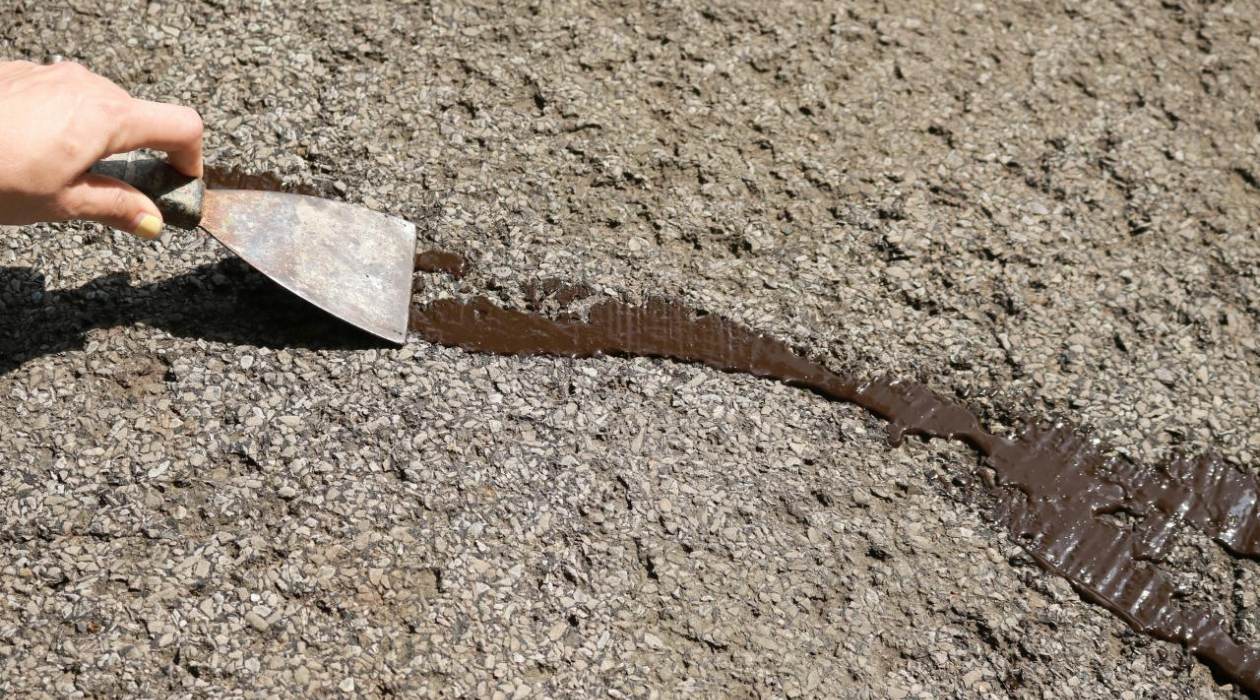
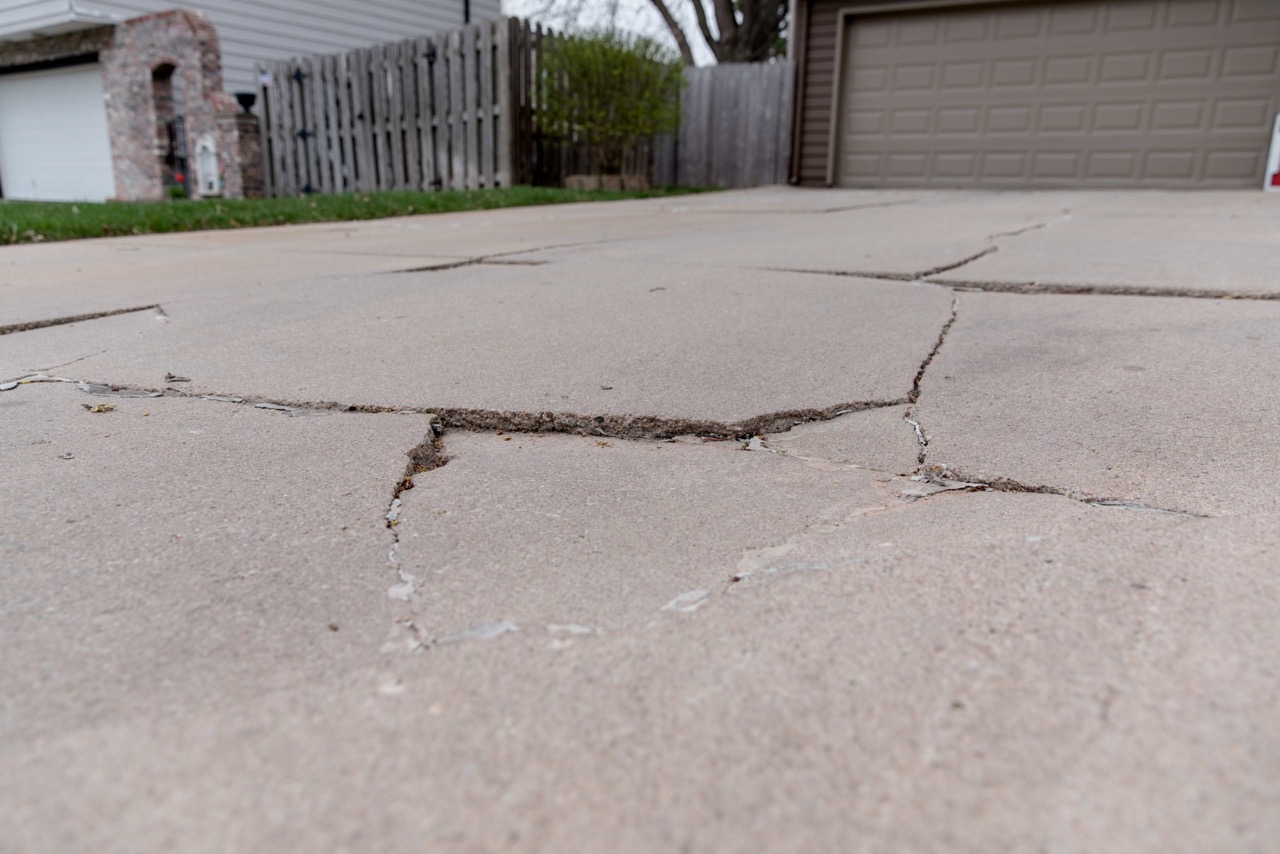
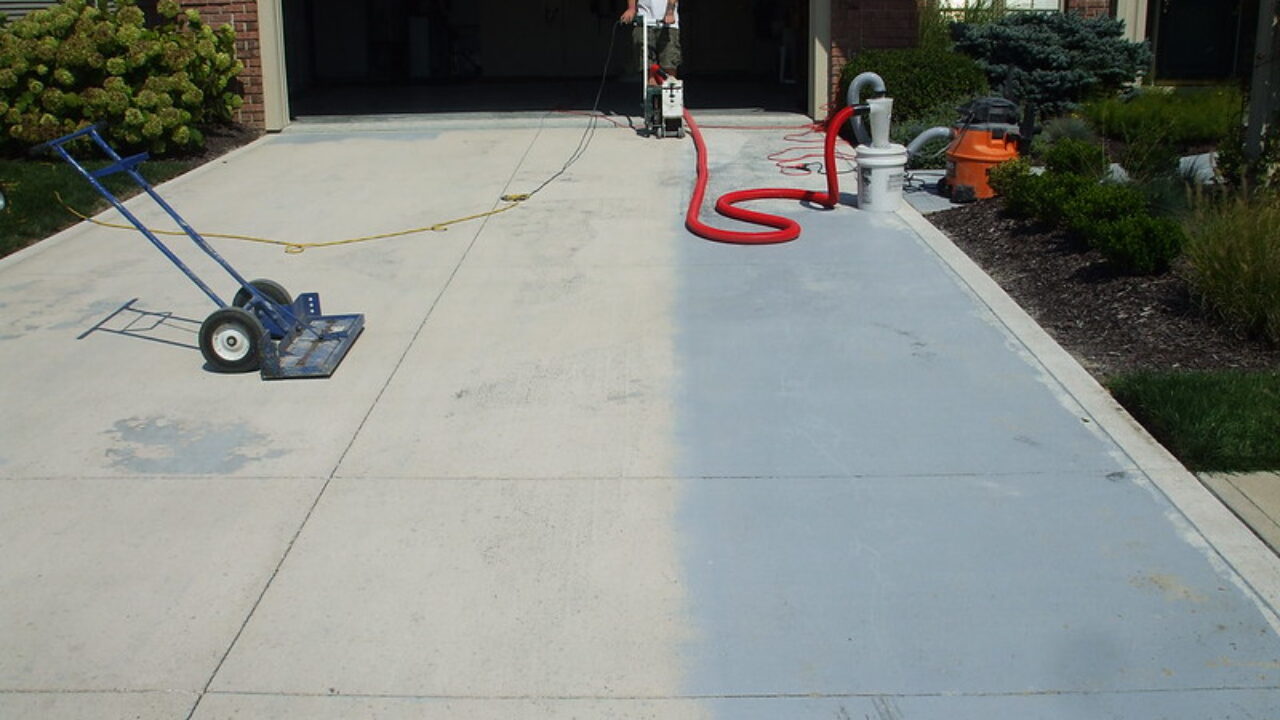
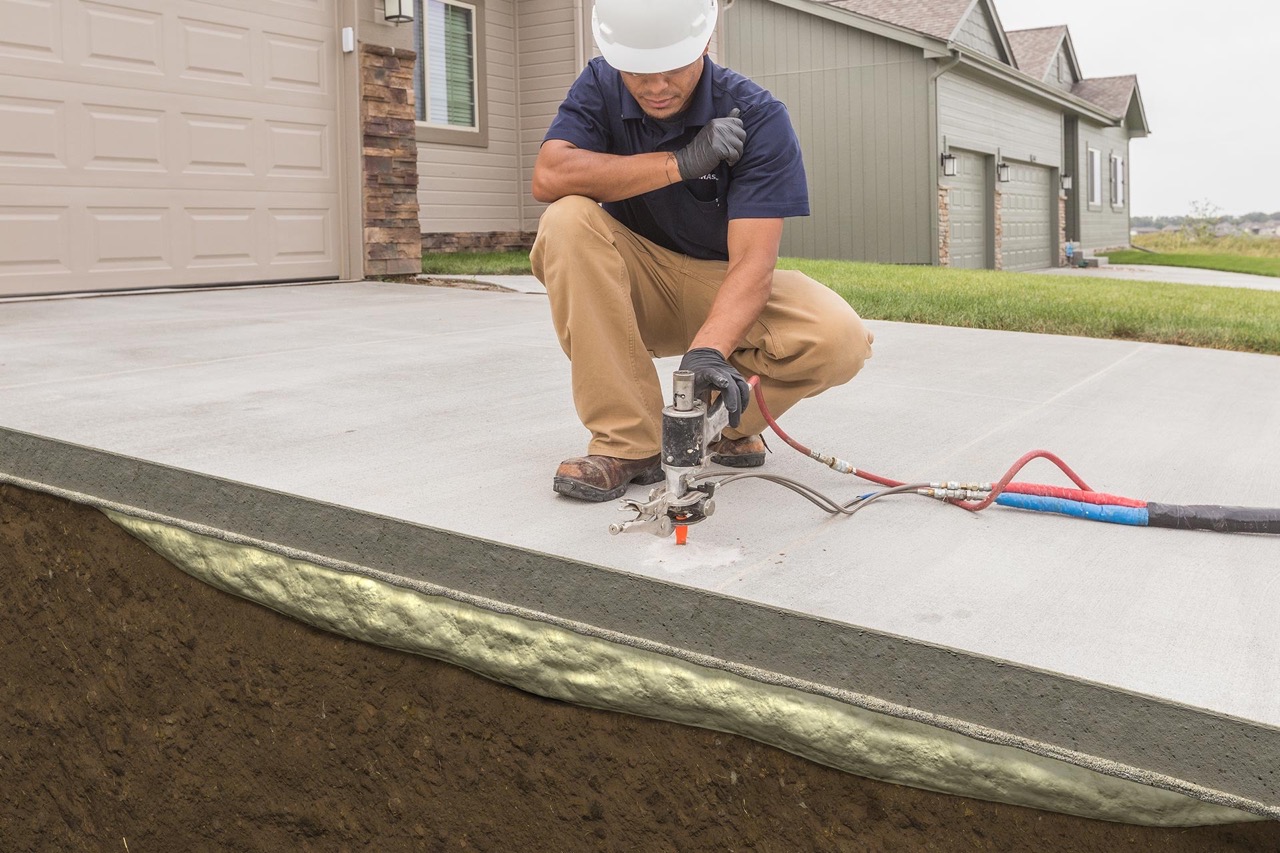
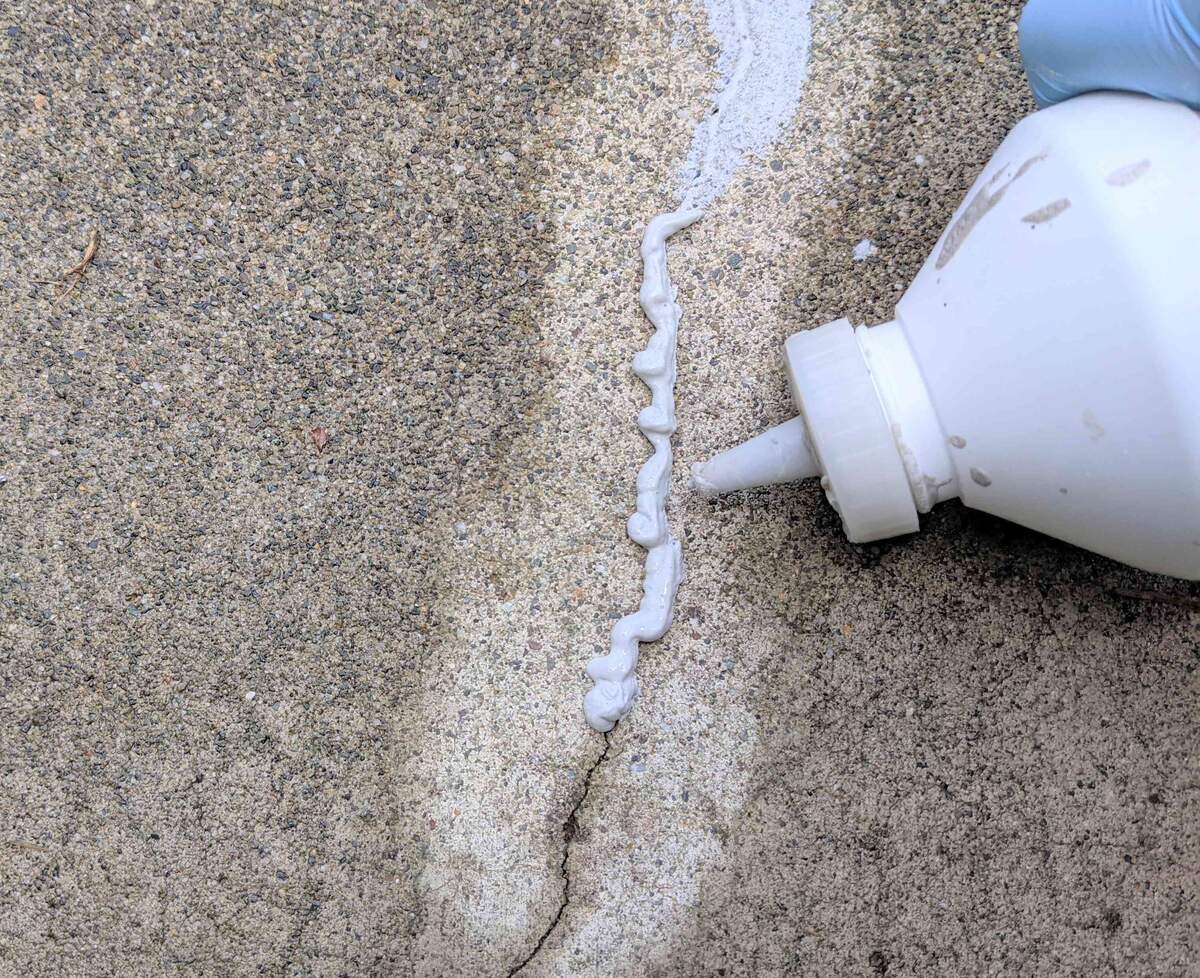
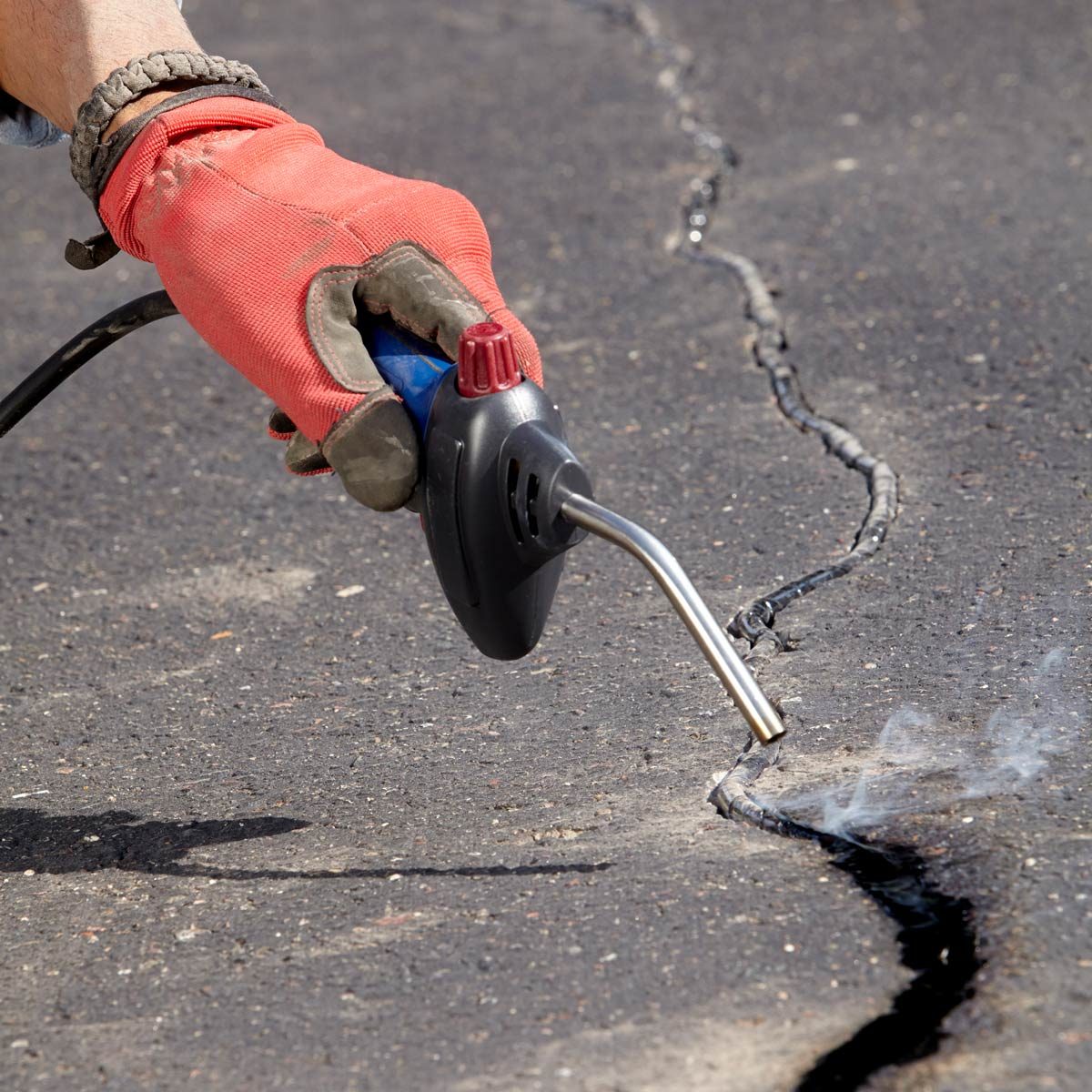
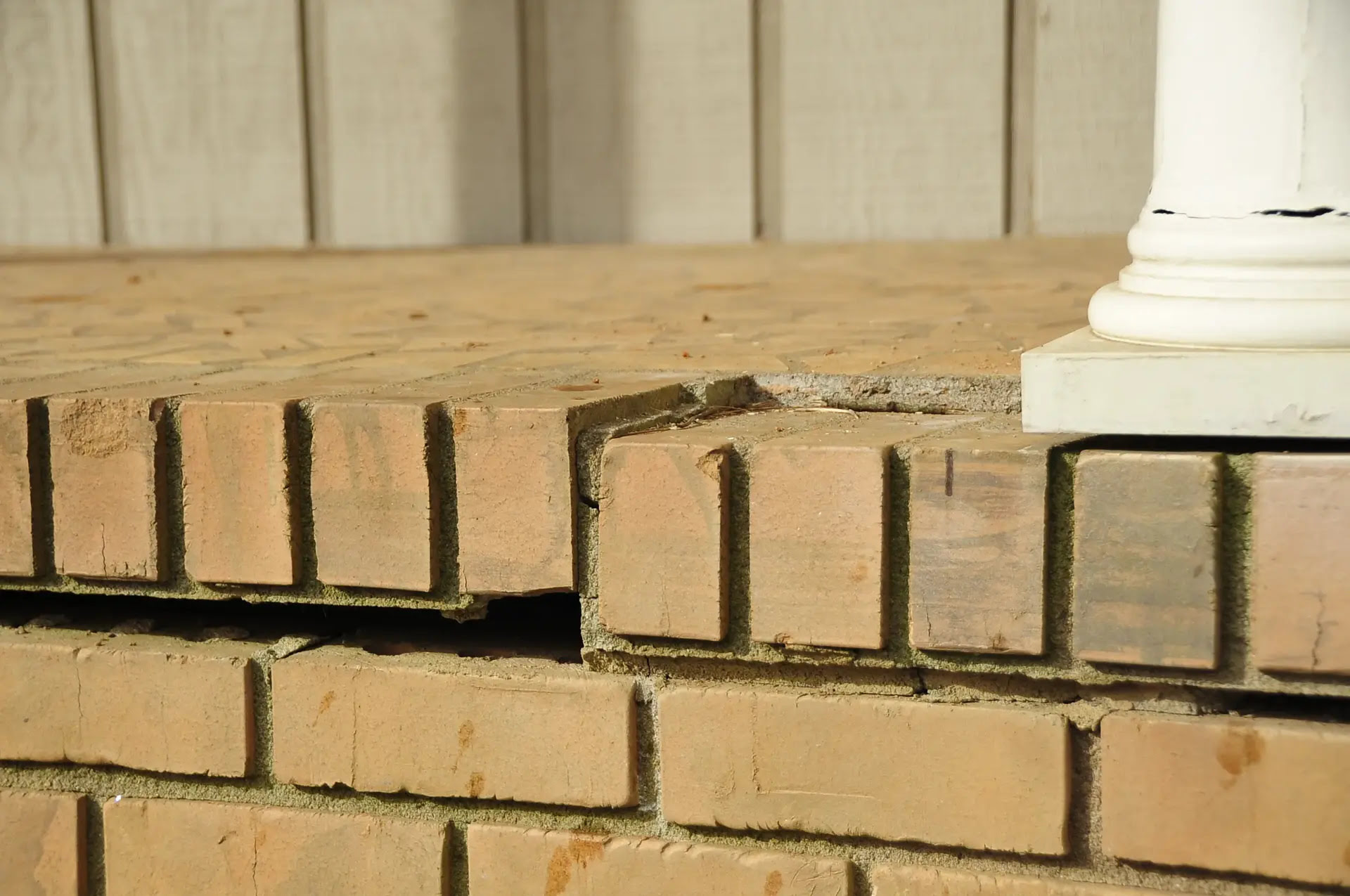
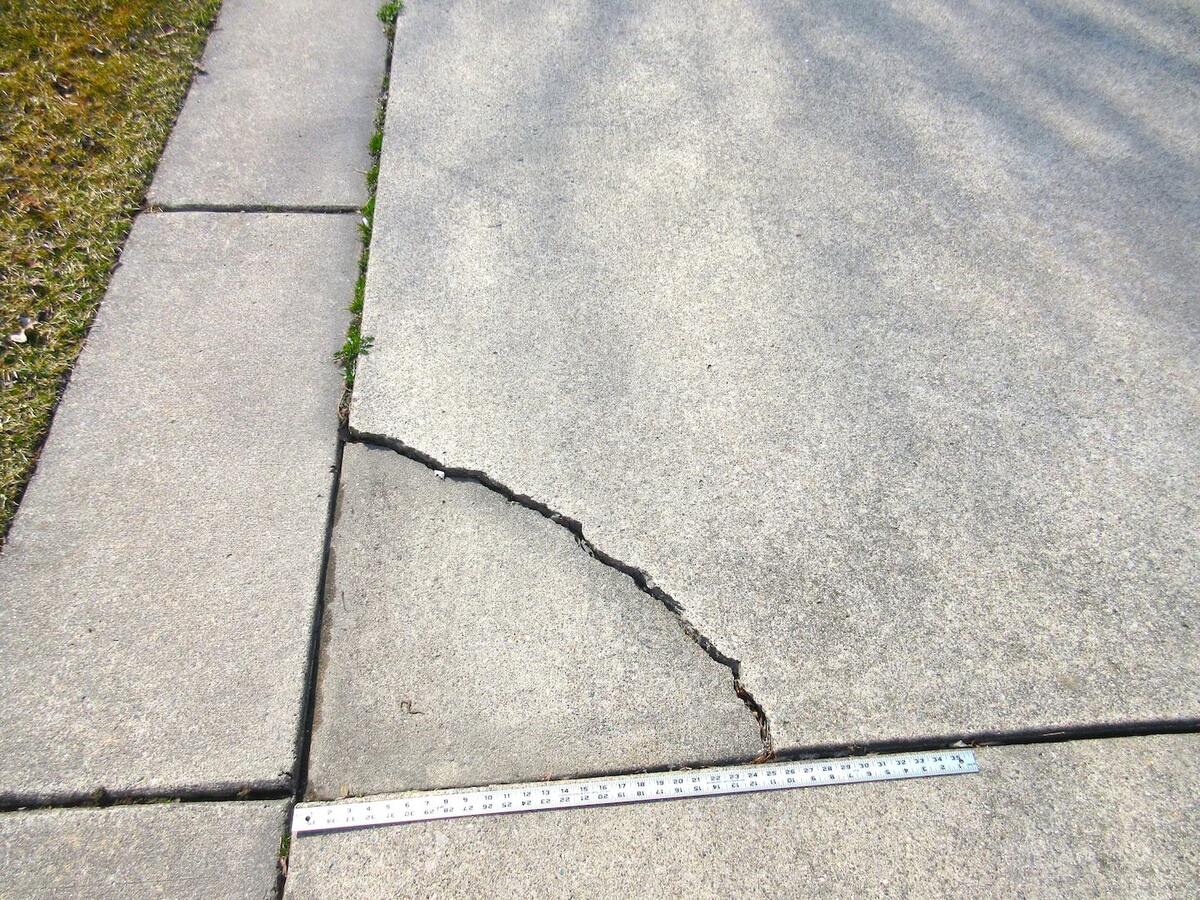
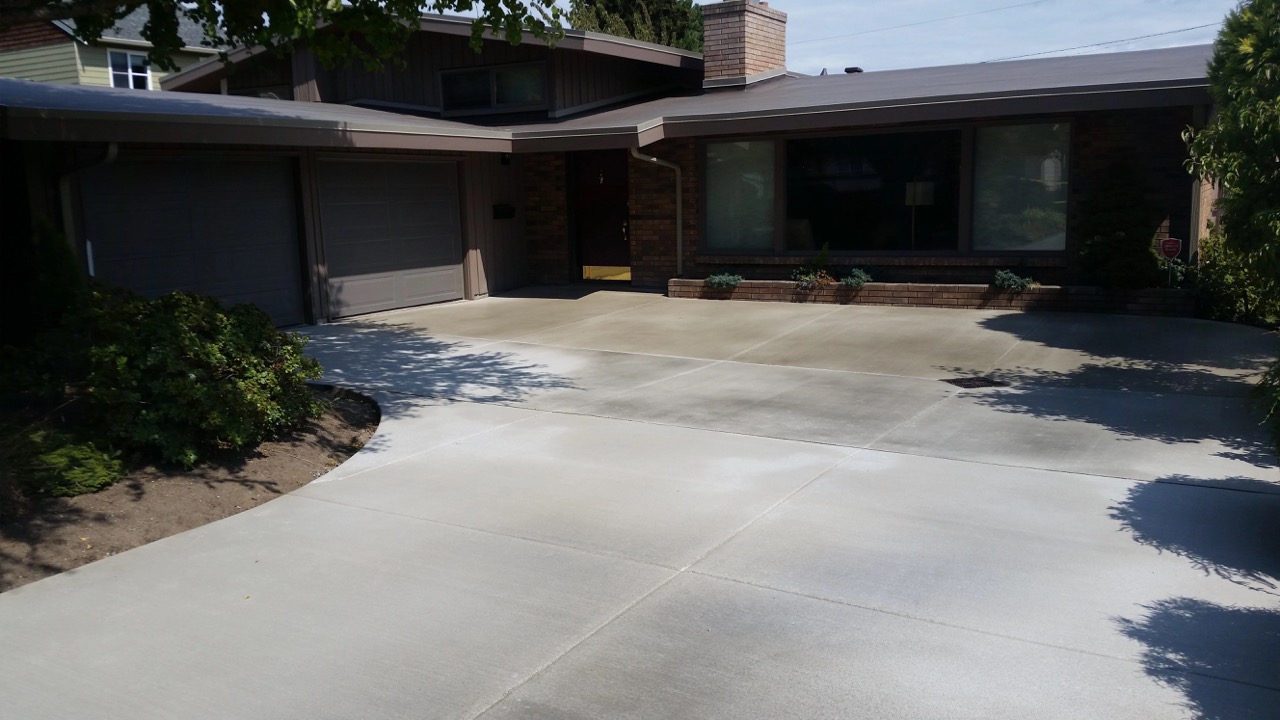
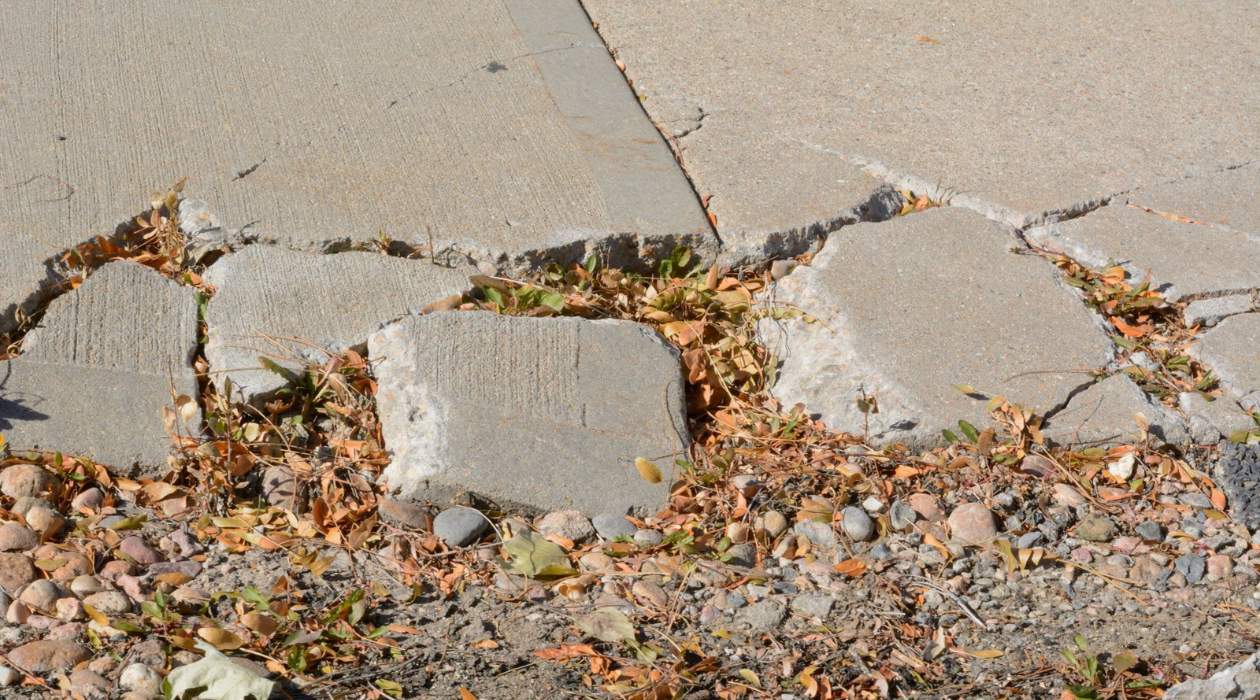
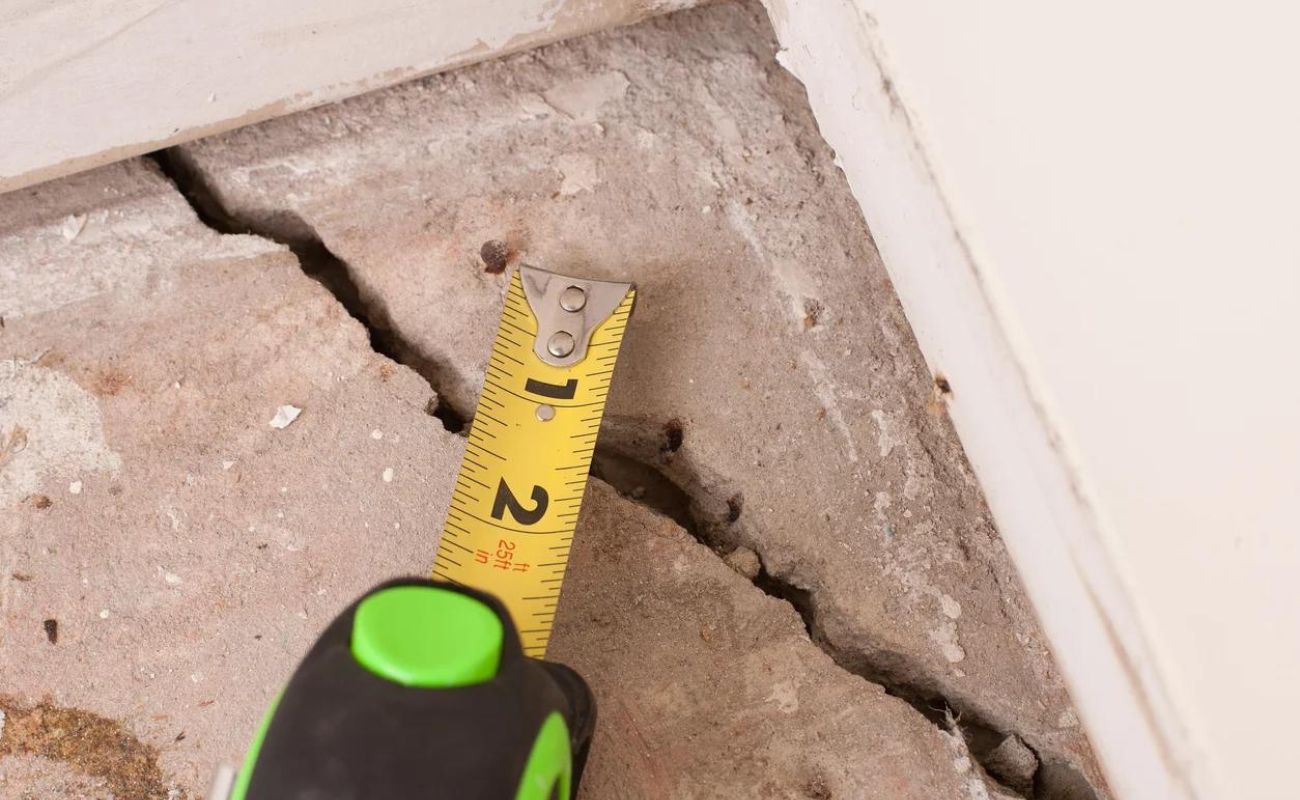
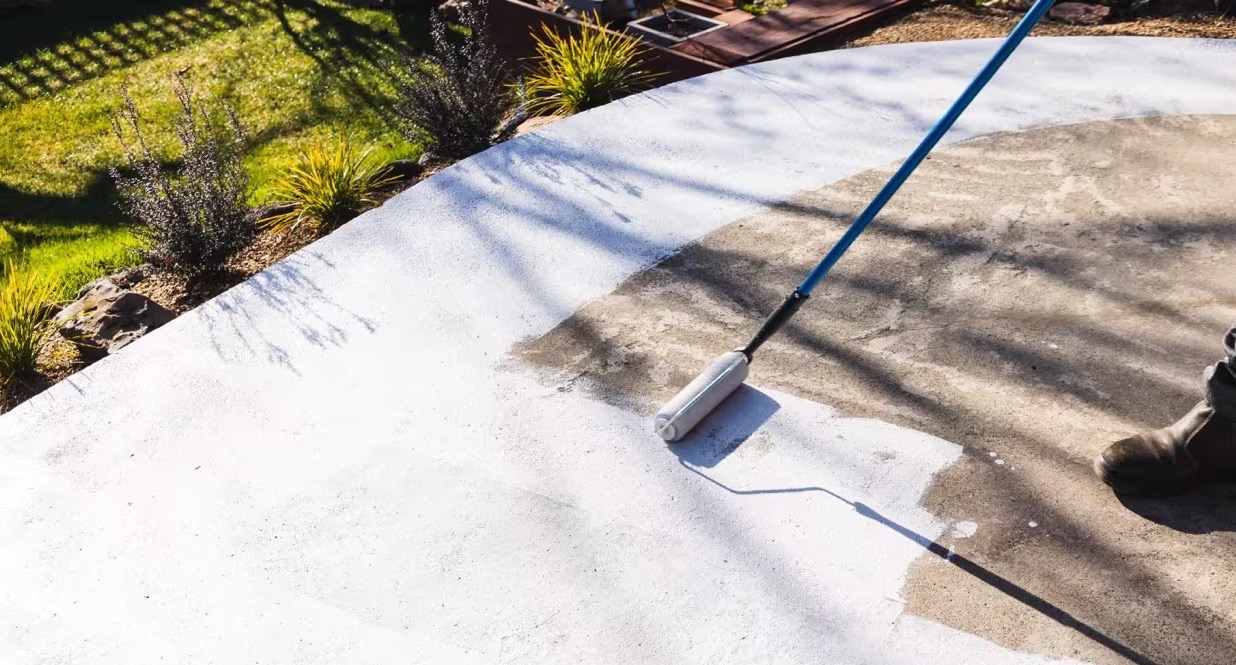
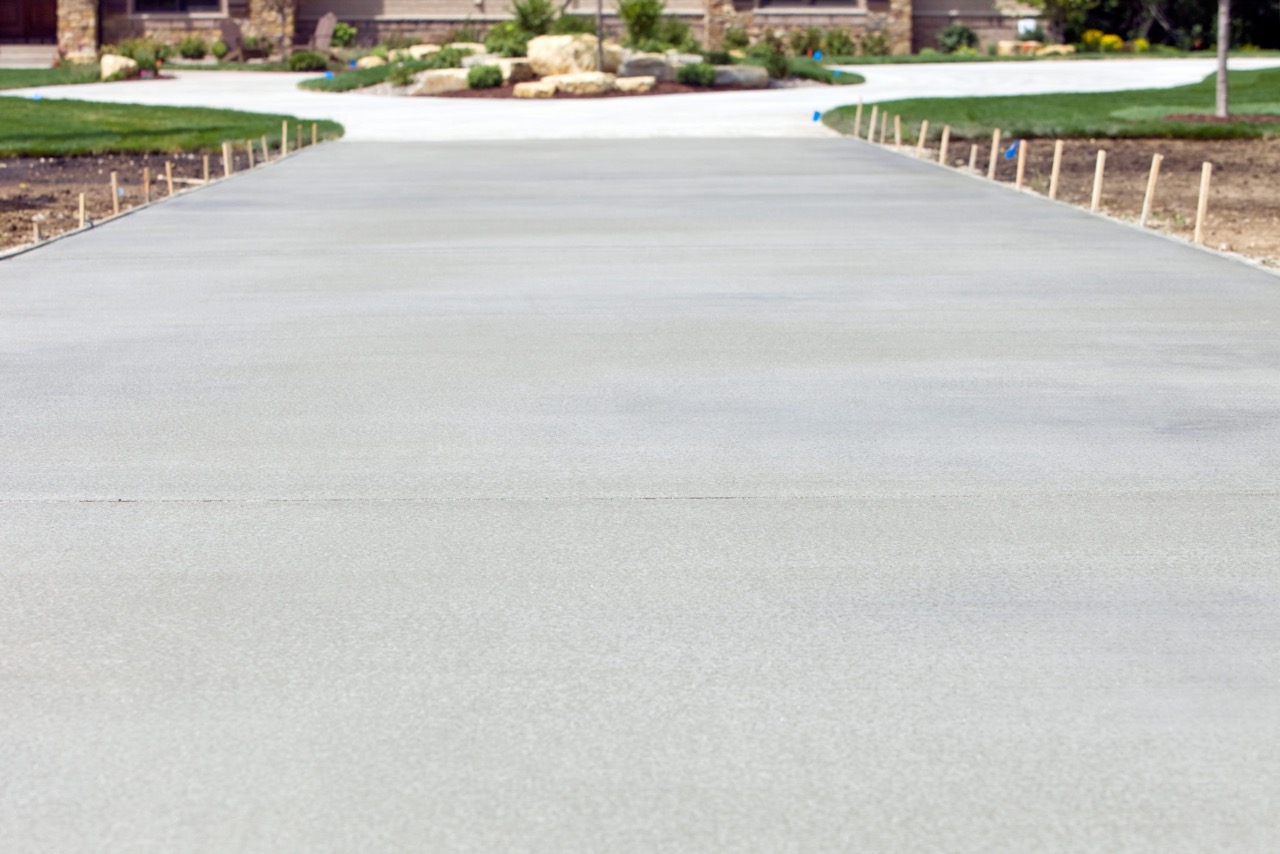
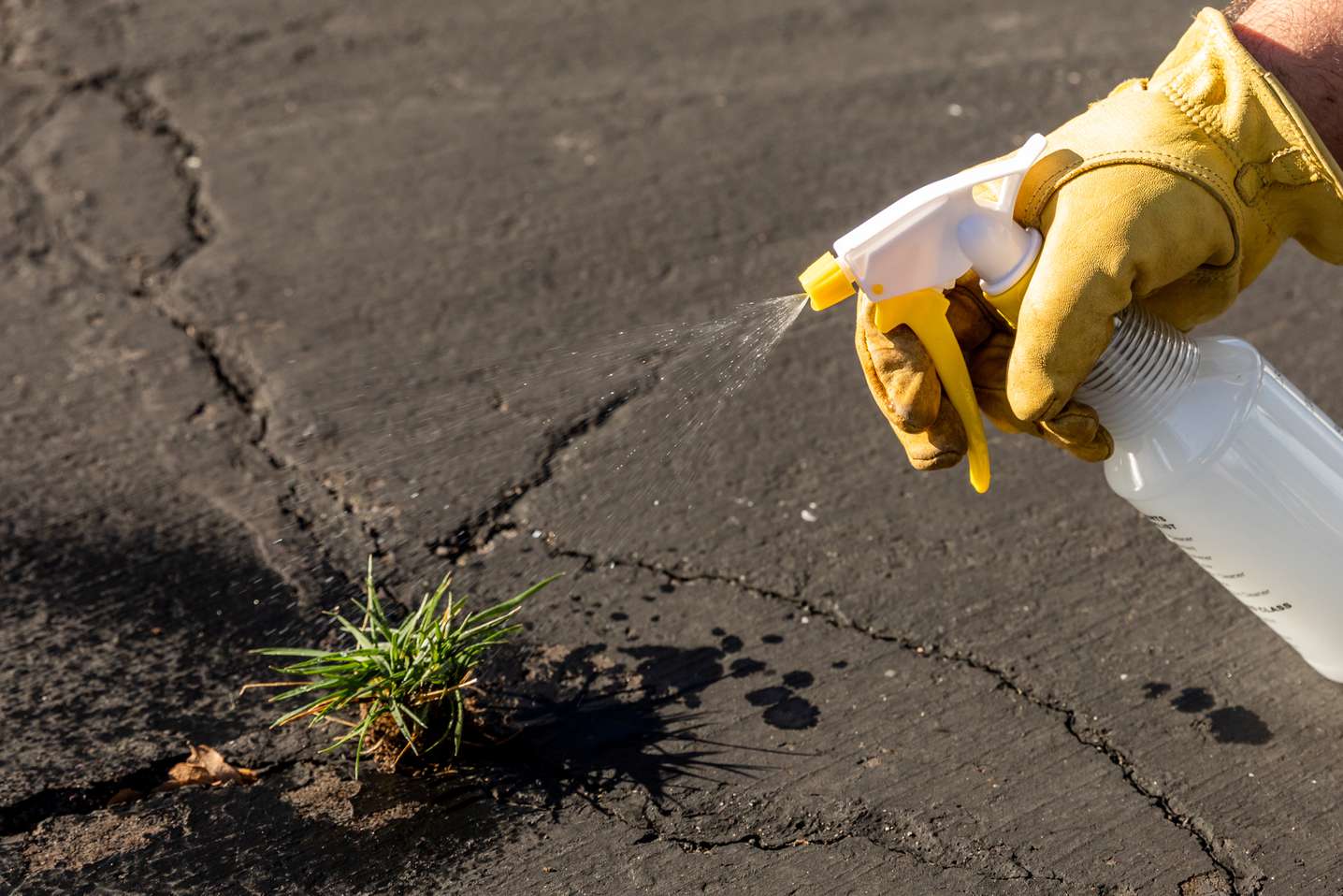

0 thoughts on “How To Repair Cracks In A Concrete Driveway”